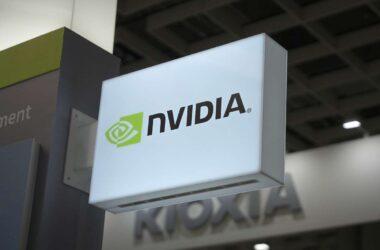Artificial Intelligence (AI) has become an integral part of the virtual image industry. It has made it possible to generate images that are so realistic that they can be mistaken for real-life pictures. This has made it possible for businesses and individuals to create virtual images that can be used for various purposes. This article will discuss the ten best AI tools for virtual images.
NVIDIA GauGAN
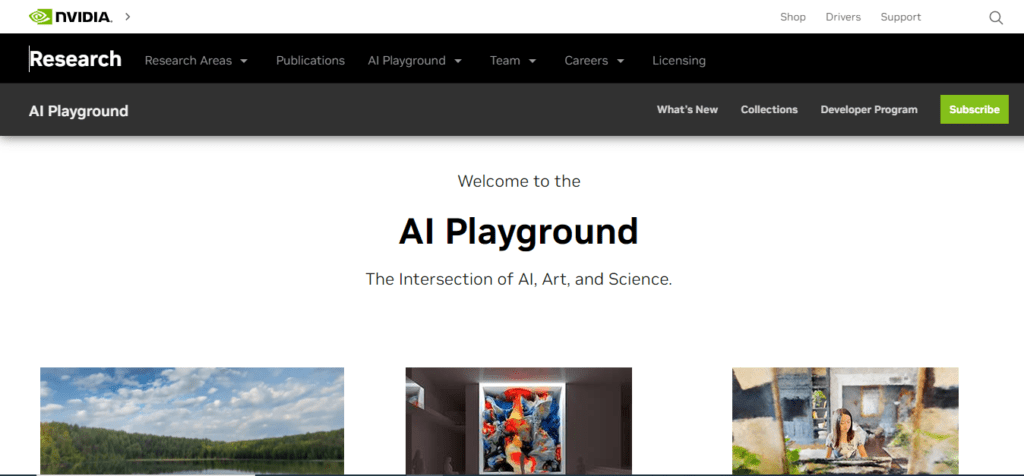
NVIDIA GauGAN is an AI-based tool that allows users to create realistic landscapes and scenes using simple brush strokes. It uses machine learning algorithms to convert the sketches made by the user into photorealistic images. The name GauGAN is derived from the French painter Paul Gauguin, who was known for his vivid landscapes and colorful imagery.
The tool was developed by NVIDIA, a leading technology company in the graphics processing industry. It was showcased at the annual GTC conference in 2019 and was later released as a free beta version to the public.
GauGAN uses a generative adversarial network (GAN) to create realistic images from the user’s input. The user can select different brushes and colors to draw landscapes, such as mountains, trees, water, and sky. The AI-based tool then analyzes the input and generates a photorealistic image based on the user’s input.
Google Cloud AutoML Vision
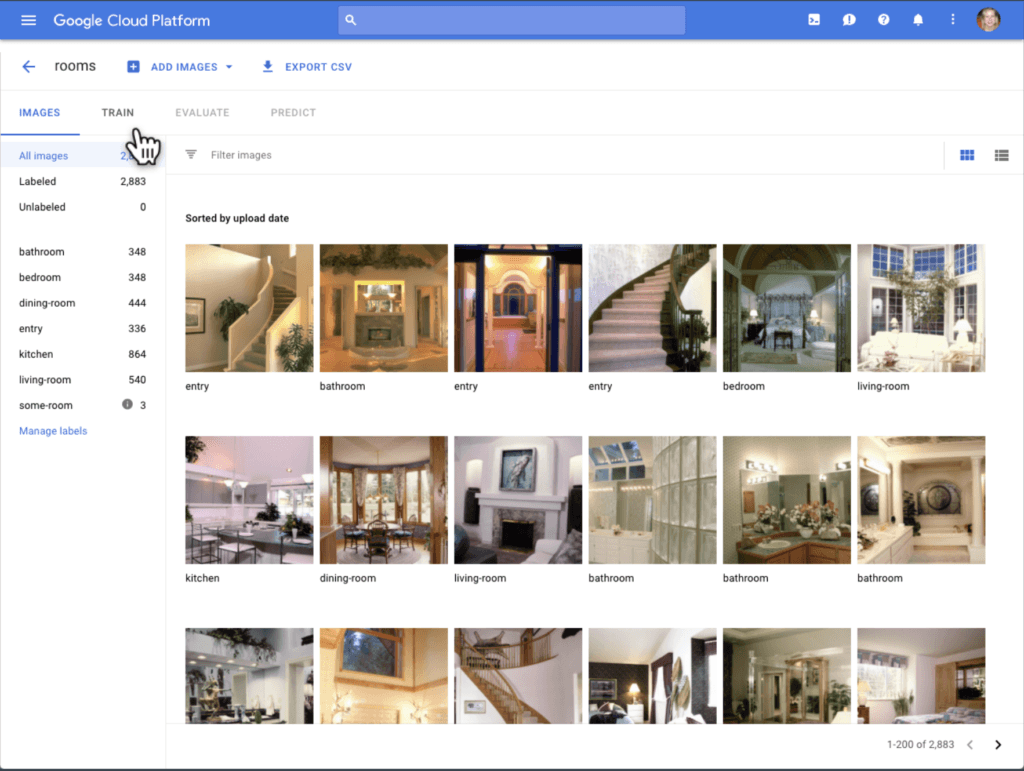
Google Cloud AutoML Vision is a machine-learning platform that helps users build custom image recognition models. It simplifies the process of creating machine learning models by using pre-built models to accelerate training and providing an easy-to-use interface for users to upload their own data, label it, and train their own models.
AutoML Vision offers a range of features to make it easier for users to create and fine-tune their models. These features include automated data preprocessing, model selection, and hyperparameter tuning, which help to optimize the performance of the model. The platform also includes advanced features such as object detection, where the model can identify and locate specific objects within an image.
AutoML Vision is part of the Google Cloud AI platform, which provides a suite of tools to help users build, train, and deploy machine learning models. The platform is designed to be accessible to both technical and non-technical users, with a simple drag-and-drop interface and easy-to-understand documentation.
DeepArt.io
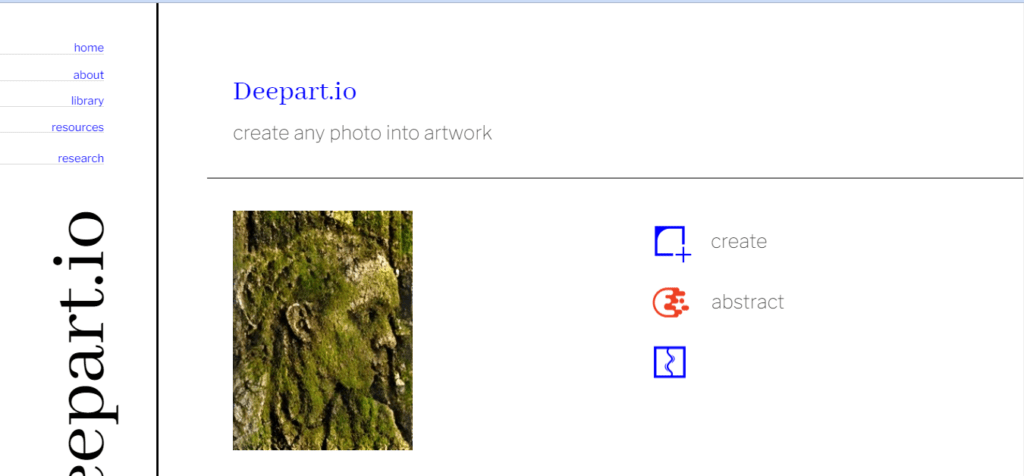
DeepArt.io is an online platform that utilizes artificial intelligence and machine learning to transform ordinary photographs and images into stunning artwork. It was created by the Swiss company, DeepArt AG, in 2015.
The website offers a range of styles to choose from, including famous art movements such as impressionism, surrealism, and pop art. Users can simply upload their desired image and select a style, and the algorithm will create a new piece of art that blends the two.
DeepArt.io uses a neural network called convolutional neural networks (CNNs) to analyze the style and content of an image. This network is then used to apply the style to the content, resulting in a unique piece of artwork.
The website is free to use, but users can also purchase high-resolution versions of their transformed images for personal or commercial use. DeepArt.io has been featured in various media outlets and has gained popularity among artists, designers, and photographers.
IBM Watson Visual Recognition
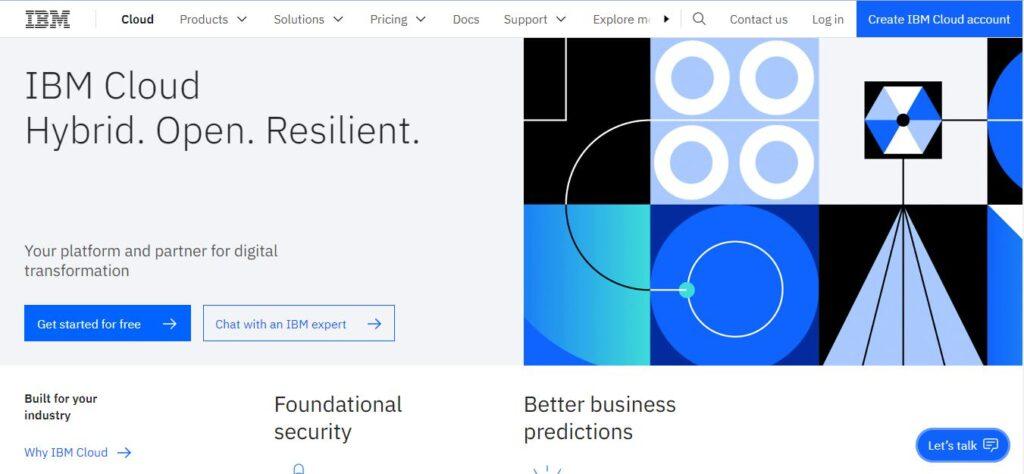
IBM Watson Visual Recognition is a cloud-based AI-powered visual recognition service that allows users to analyze and classify visual content such as images and videos. It uses deep learning algorithms and neural networks to automatically identify and categorize the visual content, detect and recognize objects, scenes, and faces in images, and even understand text within images.
Watson Visual Recognition can be used in various industries and applications, such as e-commerce, healthcare, automotive, and security. It can help businesses identify and tag products, analyze social media images and videos for brand reputation management, diagnose medical images, and detect potential safety hazards in surveillance videos.
The service also allows users to customize their own models and classifiers to recognize specific objects or categories based on their own data. With its easy-to-use API and SDKs, Watson Visual Recognition can be integrated into various applications and platforms to automate and enhance the visual analysis process.
Algorithmia
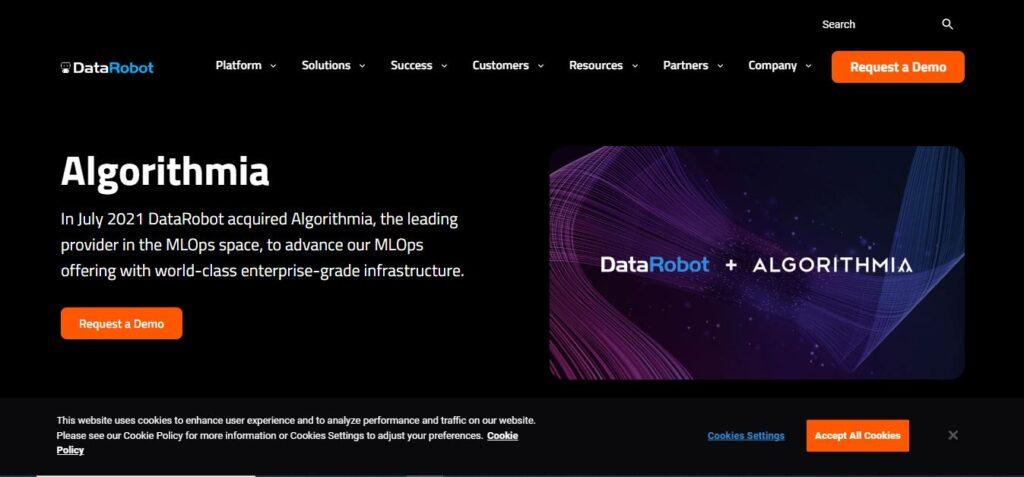
Algorithmia is a cloud-based platform that offers access to a wide range of machine learning and artificial intelligence algorithms. It provides an easy-to-use interface for developers to upload their own algorithms and for businesses to use and integrate these algorithms into their applications.
Algorithmia offers pre-built algorithms for various use cases such as computer vision, natural language processing, and data analysis. Additionally, it provides tools to test and optimize algorithms, as well as options to scale algorithms to handle large datasets. Algorithmia’s marketplace allows developers to monetize their algorithms by offering them for sale to businesses and individuals.
Deep Dream
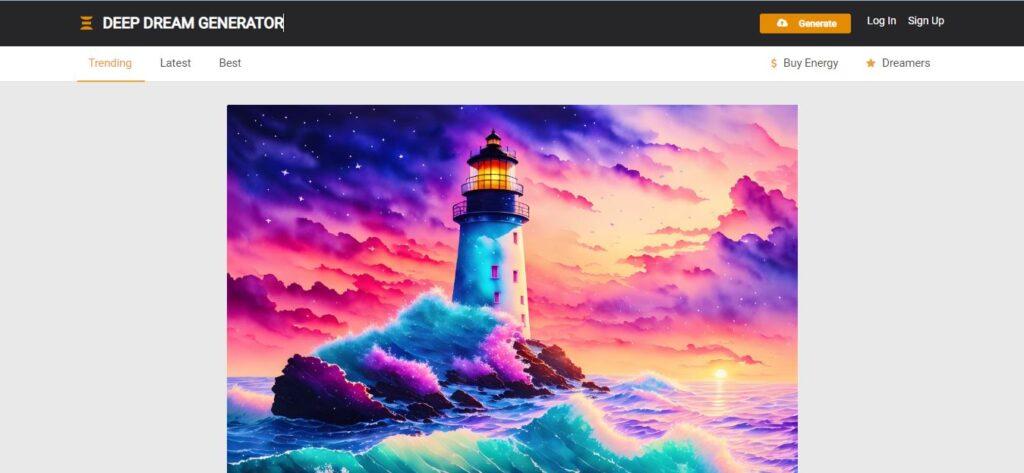
Deep Dream is an artificial intelligence technique that was developed by Google in 2015. It uses a neural network to analyze and manipulate images in order to generate surreal and dream-like visuals. The neural network is trained on a large dataset of images, and it is able to recognize patterns and features in these images.
The Deep Dream technique involves feeding an image into the network and then repeatedly enhancing and amplifying the features that the network identifies. This process creates psychedelic and surreal images that are often compared to the hallucinations experienced during a dream. Deep Dream has been used in various art projects and has also been applied in scientific research to help identify patterns and features in medical imaging and other types of data.
Clarifai

Clarifai is a computer vision and artificial intelligence platform that allows developers to build and deploy visual recognition systems. It uses deep learning algorithms to analyze images and videos and provides insights and predictions based on visual content. The platform can be used for a variety of applications, including image and video recognition, content moderation, object detection, and facial recognition. Clarifai provides easy-to-use APIs and developer tools, making it accessible to a wide range of businesses and industries.
Amazon Rekognition
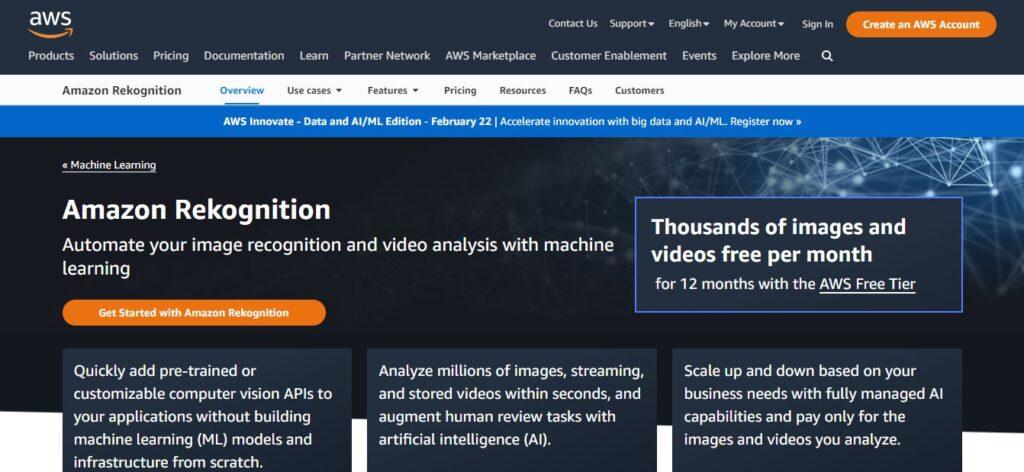
Amazon Rekognition is a cloud-based image and video analysis service provided by Amazon Web Services (AWS). It uses deep learning algorithms to identify objects, people, text, scenes, and activities in images and videos. With Amazon Rekognition, you can easily integrate image and video analysis capabilities into your applications without requiring any machine learning expertise.
It offers a range of features, including face detection and recognition, facial analysis, text detection and recognition, object detection and tracking, celebrity recognition, and scene detection. This service can be used in a wide range of industries, including security, advertising, media, and e-commerce, to enhance user experience and improve business operations.
Adobe Sensei

Adobe Sensei is an artificial intelligence and machine learning framework developed by Adobe to power its suite of creative and marketing software. It enables the software to perform complex tasks such as image and video recognition, natural language processing, and predictive analytics. Adobe Sensei is used in several Adobe products such as Photoshop, Illustrator, Premiere Pro, and Adobe Experience Cloud to automate repetitive tasks, improve the accuracy of search results, and provide more personalized experiences for users. The technology behind Adobe Sensei is continually evolving, making it possible for users to achieve more advanced creative and marketing results with less effort.
Pix2Pix
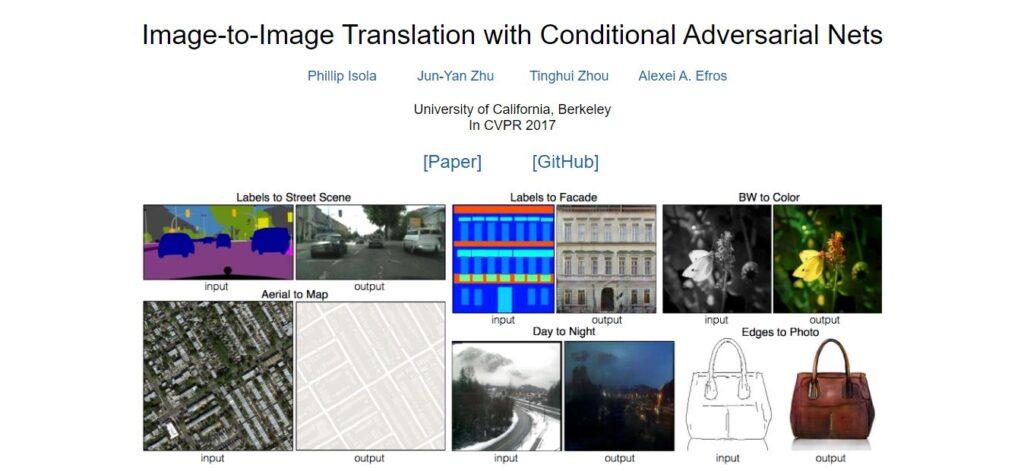
Pix2Pix is a type of generative adversarial network (GAN) algorithm that involves training a machine learning model to convert input images into corresponding output images. This technique is commonly used for image-to-image translation tasks, such as converting black and white photos to color images, or transforming sketches into realistic images.
The Pix2Pix algorithm works by training a generator network to produce an output image from an input image, while simultaneously training a discriminator network to distinguish between the generated images and real images. The generator aims to produce images that are realistic enough to fool the discriminator, while the discriminator aims to identify which images are generated and which are real.
During training, the generator and discriminator networks compete against each other, with the generator trying to improve its output quality to deceive the discriminator, and the discriminator trying to improve its ability to distinguish between real and fake images. This iterative process continues until the generator produces high-quality output images that are indistinguishable from the real images.
In conclusion, AI has revolutionized the virtual image industry. These ten AI tools have made it possible for businesses and individuals to create and manipulate virtual images with ease. They have made it possible to create images that are so realistic that they can be mistaken for real-life pictures. As AI technology advances, we can expect even more impressive AI tools for virtual images.






